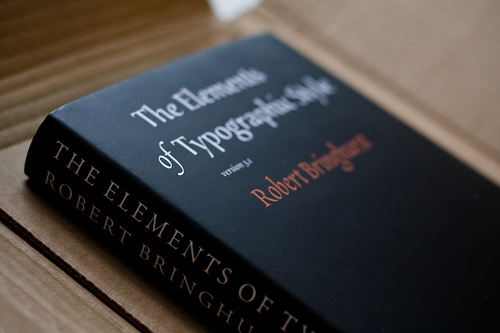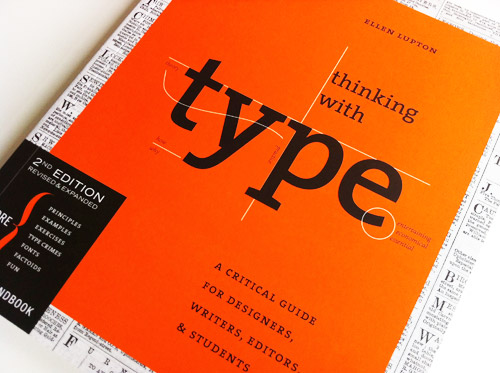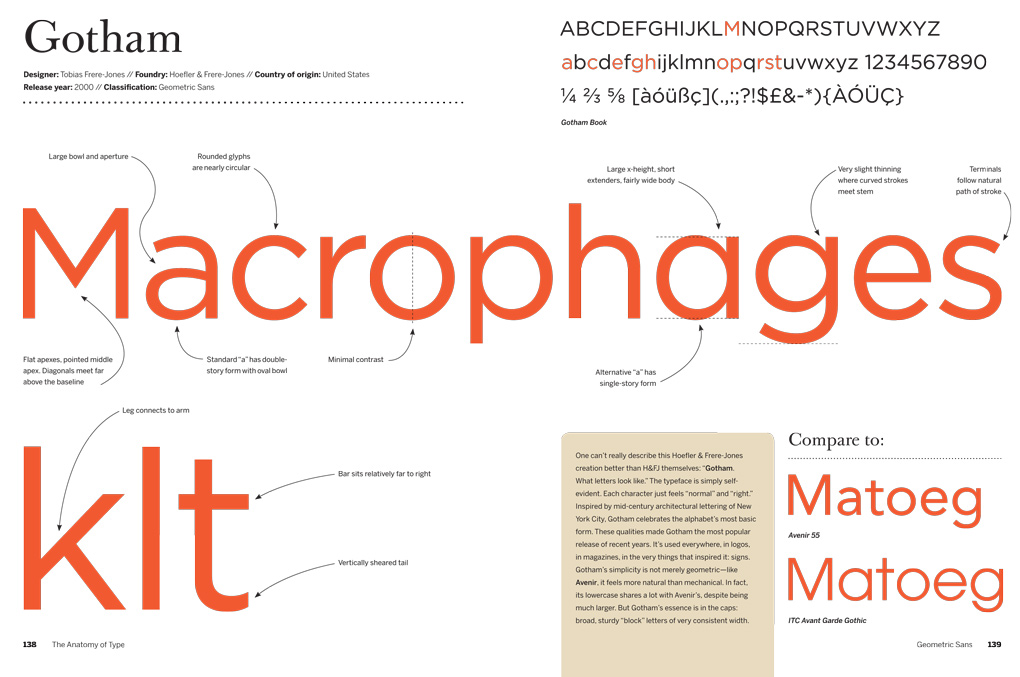The Three Typography Books All Frontend People Should Read (and Why)

In 2006, Swiss-based Information Architect, Oliver Reichenstein, estimated 95% of all information on the web was text-based. He reasoned that therefore, web design was 95% typography.
Although photojournalists, Netflix and Youtube might argue otherwise, in 2014 the vast majority of web-based communications — the article headlines, online books, tweets, social updates, forum posts and blogs — is still written language on a page.
That means that whether you are a pro-designer or just a part-time doodler, rock-solid typography skills can take you a very long way in web design.
Like any of the great arts, — painting, sculpture, poetry, photography — mastering the subtleties of arranging type in space is a lifetime process, and you’ll probably never finish refining your command of all the traditional techniques, along with more modern methods.
That said, today, I’m going to suggest a selection of typography books that every designer — newbie or otherwise — could use on their shelves.
SIDENOTE:
Just before we get to the books, it seemed illogical to recommend these books, without linking to somewhere where you can get them. Rather than using any SitePoint affiliate code (we don’t have one), we’d prefer supporting the Electronic Frontier Foundation’s (EFF) vigilant defence of our collective free speech, privacy, innovation, and consumer rights.
As such, we’re using the EFF’s affiliate code in any book links below.
THE ELEMENTS OF TYPOGRAPHIC STYLE
‘The Elements of Typographic Style‘ was written by the Canadian typographer (and poet – the man loves words) Robert Bringhurst, and published by the Hartley & Marksin publishing house in 1992. This is the typography book I most often hear referred to as a ‘bible for typographers’.
In this book, Robert has created the perfect summary of all the most important techniques of arranging typefaces, giving the reader many hard-won tips regarding the particularities of fonts, glyphs, styles and design.

The book is not merely a discussion about methods and graphic principles; indeed, Bringhurst
also analyzes the idea of written type from a philosophical point of view, bringing the reader to consider the role of typography in history, in society and in communication.
The topics are deepened by the presence of many explaining images and schemes and by the author’s deep attention to detail. I strongly recommend this book because it will give you solid background in typography, while unearthing many fonts, terms and techniques you’ve probably never heard of.
- The Elements of Typographic Style
- By Robert Bringhurst
- Published: 1992
THINKING WITH TYPE
The next book I suggest you is ‘Thinking with Type‘, written by Ellen Lupton and published by the ‘Princeton Architectural Press’ in 2010.
The book is very broad, addressed to all designers, from school students to professionals. It is a kind of explanatory journey through the world of typography and has a nice balance of both on theory and practice.
Ellen speaks about the history of type, spacing, alignment, designing of typefaces and makes a detailed classification of all type.

You can also find many footnotes, charts, examples, images and even exercises, that give you plenty of opportunity to learn, with little efforts, new technical principles and to put them into practice immediately.
The book is divided in three major sections: ‘Letter’, ‘Grid’ and ‘Text’. Each section is a deep analysis of the topic it mainly concerns, but Lupton never looses focus on the big picture, preferring to show the links of each subject to typography in general.
I think this book is very worthy your attention because it will provide you of a great knowledge regarding both the oldest type practices and the more modern ones.
- Thinking with Type
- By Ellen Lupton
- Published: 2010
THE ANATOMY OF TYPE: A GRAPHIC GUIDE TO 100 TYPEFACES
The last book I’m going to show you is the mst recent of the bunch and a different approach to the others — ‘The Anatomy of Type‘ , written by Stephen Coles and published in 2012 by Harper Design. In this, the author analyses 100 different typefaces giving us precious information about every detail, about key features, font weights and more.

The fonts are divided in 15 groups and they are then examined through the help of large scale images that come together with crib notes and comments that put his own opinion into evidence.
Coles not only provide us with technical and graphical advice about typefaces, indeed, he also shares their history and some curiosities that, along with the use of different colors for each page, makes it a pleasure to leaf through. This one would make a fine coffee-table book.
- The Anatomy of Type
- By Stephen Coles
- Published: 2012
But If You Could Only Choose One?
Ah, the classic desert island question!
So, if I could take only one of these wonderful books, I think it would have to be (perhaps controversially) Stephen Coles’ ‘The Anatomy of Type‘. As great as the other books are, Anatomy of Type’s very skimmable structure makes it almost immediately valuable in helping you choose the right font for your project, without making common and easy-avoidable mistakes.
